Arteriovenous malformations (AVMs) are abnormal tangles of blood vessels in the brain that can cause serious health complications, including hemorrhages, seizures, and neurological problems. These malformations disrupt the normal flow of blood between arteries and veins, leading to increased pressure in the affected area, which can eventually result in a rupture. For many patients, treating AVMs is crucial to prevent future risks, and Gamma Knife radiosurgery offers a non-invasive, highly effective treatment option.
In this blog, we’ll explore how Gamma Knife radiosurgery is used to treat AVMs, what patients can expect before, during, and after the procedure, and what the typical outcomes are.
What Are Arteriovenous Malformations (AVMs)?
An AVM is a cluster of abnormal blood vessels where arteries and veins are directly connected without the normal intervening capillaries. This creates a high-pressure system that increases the risk of vessel rupture, which can lead to bleeding in the brain (hemorrhage). Although AVMs can occur anywhere in the body, they are most dangerous when located in the brain or spinal cord. Untreated AVMs carry a significant risk of hemorrhage, which can result in strokes, permanent brain damage, or death.
Why Gamma Knife Radiosurgery for AVMs?
Gamma Knife radiosurgery is a non-invasive and highly precise treatment option for brain AVMs. It offers a safer alternative to open surgery, particularly for AVMs located deep within the brain or in sensitive areas that are difficult to access surgically. Instead of physically removing the AVM, Gamma Knife uses focused beams of radiation to target the abnormal blood vessels, gradually causing them to shrink and close off over time. This reduces the risk of future hemorrhage without the need for invasive surgery.
How Does Gamma Knife Radiosurgery Work?
Gamma Knife radiosurgery delivers focused gamma radiation to the AVM, targeting the tangled blood vessels while sparing the surrounding healthy brain tissue. The radiation causes the AVM to scar and eventually shrink, a process called obliteration. The treatment is typically done in a single session, and the effects continue to develop over several months to years as the AVM slowly closes off.
What to Expect Before the Procedure
Initial Consultation: Before undergoing Gamma Knife treatment, the patient will have a consultation with a team of specialists, including a neurosurgeon, radiation oncologist, and medical physicist. During this consultation, the team will review the patient’s medical history, imaging studies (such as MRI, CT, or angiograms), and assess the size, location, and risk factors of the AVM to determine if Gamma Knife is the right option.
Pre-treatment Imaging: Detailed imaging of the brain is required to accurately map the AVM for treatment planning. This usually includes a combination of MRI, CT scans, and cerebral angiography (an X-ray of the blood vessels using contrast dye). These images allow the medical team to precisely locate the AVM and plan the radiation dose to maximize effectiveness while minimizing the impact on healthy tissue.
Placement of the Head Frame: On the day of the procedure, a stereotactic head frame will be attached to the patient’s skull using four small pins. This frame ensures that the patient’s head remains completely still during the procedure and allows the medical team to accurately focus the gamma rays on the AVM. Local anesthesia is applied to numb the areas where the pins are placed, making the process more comfortable.
In some centers, frameless options using a mask may be available, but the head frame remains the most commonly used method for maximum precision in treating AVMs.
What Happens During the Gamma Knife Procedure?
Once the head frame is in place and the patient is positioned on the treatment table, the Gamma Knife procedure begins. Here’s what to expect during the treatment:
- Precise Targeting and Treatment: The pre-treatment imaging is used to guide the Gamma Knife machine in delivering multiple beams of radiation to the exact location of the AVM. These beams converge on the AVM, delivering a high dose of radiation to the abnormal vessels while sparing surrounding healthy tissue. The procedure is painless, and patients remain awake throughout, though they may be given a mild sedative to help them relax.
- Duration: The duration of the procedure depends on the size and complexity of the AVM but generally takes between 1 to 4 hours. The actual time under the Gamma Knife machine may vary depending on the size and location of the AVM.
- No Incisions: Since Gamma Knife is a non-invasive treatment, there are no cuts, stitches, or blood loss involved. Patients do not need to worry about the risks and recovery associated with traditional surgery.
Recovery After Gamma Knife Radiosurgery
One of the main advantages of Gamma Knife treatment for AVMs is the quick recovery time. Most patients are able to go home the same day as the procedure, and normal activities can often be resumed within a day or two, though strenuous activities should be avoided for a short period.
Immediate Side Effects: The most common side effects following Gamma Knife radiosurgery are mild and temporary, including:
- Headaches
- Fatigue
- Mild swelling or discomfort at the pin sites where the head frame was attached
- Nausea
These symptoms usually resolve within a few days. Serious complications are rare but may include swelling around the AVM or temporary neurological symptoms due to radiation effects on surrounding brain tissue.
Results and Long-term Outcomes
AVM Obliteration: The goal of Gamma Knife treatment is to completely obliterate the AVM by causing the abnormal blood vessels to gradually close off and scar over time. However, this process is not immediate and can take months to years for complete obliteration to occur. On average, small to medium AVMs may be fully obliterated within 2 to 3 years.
Monitoring and Follow-up: After the procedure, regular follow-up imaging (MRI, CT scans, or angiograms) is required to monitor the AVM’s progress. Your doctor will schedule these follow-up tests at intervals, typically every 6 to 12 months, to assess the radiation’s impact on the AVM and confirm its closure over time.
Success Rates
Gamma Knife radiosurgery has a high success rate for treating AVMs, particularly small to medium-sized malformations. Studies have shown that:
- 80% to 90% of small AVMs are completely obliterated within 2 to 3 years after Gamma Knife treatment.
- Larger AVMs may take longer to shrink and may require additional treatments or a combination of treatments (such as embolization followed by Gamma Knife).
Prevention of Future Hemorrhage: Once the AVM is obliterated, the risk of future hemorrhage is significantly reduced or eliminated. Even during the time it takes for the AVM to fully close, the risk of bleeding tends to decrease gradually.
Advantages of Gamma Knife Treatment for AVMs
- Non-invasive: No incisions or open surgery, reducing the risk of infection, blood loss, and other surgical complications.
- Precise: Gamma Knife delivers highly focused radiation to the AVM while sparing surrounding healthy brain tissue.
- Outpatient Procedure: Most patients can return home the same day, with minimal disruption to daily life.
- Effective: High success rates for complete obliteration of small to medium-sized AVMs, significantly reducing the risk of future brain hemorrhage.
- Reduced Recovery Time: No long hospital stays or rehabilitation are required, allowing for a quick return to normal activities.
Risks and Considerations
While Gamma Knife radiosurgery is generally safe and well-tolerated, there are some risks associated with any form of radiation therapy. Rarely, patients may experience radiation-induced swelling around the AVM or temporary neurological symptoms, such as weakness or numbness, which typically resolve over time. Your medical team will closely monitor your progress during follow-up visits to manage any potential side effects.
Conclusion
Gamma Knife radiosurgery offers a highly effective, non-invasive treatment for arteriovenous malformations (AVMs), particularly those that are deep within the brain or in difficult-to-reach locations. With its high success rate, minimal recovery time, and ability to prevent future hemorrhages, Gamma Knife is becoming a preferred treatment for many AVM patients.
Patients considering Gamma Knife treatment for AVMs should consult with their medical team to fully understand the risks and benefits. Additionally, for those seeking this advanced treatment abroad, partnering with a trusted medical travel facilitator can ensure access to top-notch care, expert neurosurgeons, and state-of-the-art facilities, providing peace of mind throughout the medical journey to simplify the process, providing access to world-class hospitals, expert neurosurgeons, and comprehensive care at an affordable cost. Contact us now.



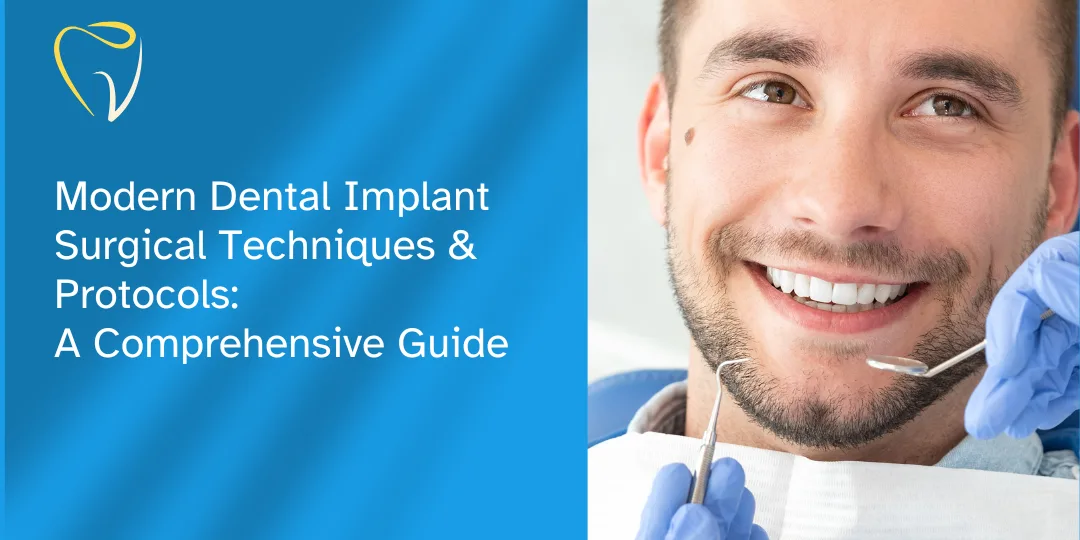
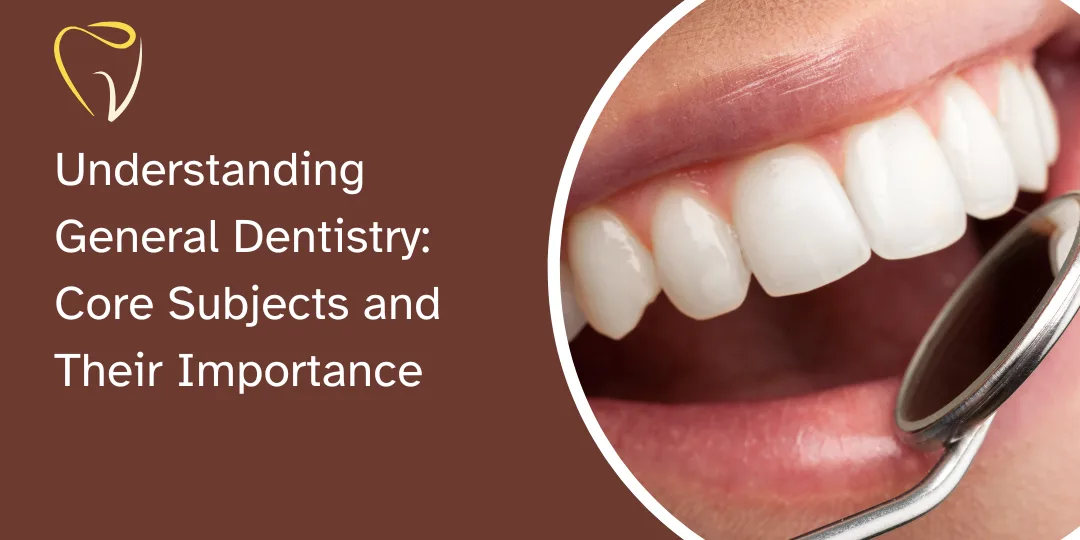
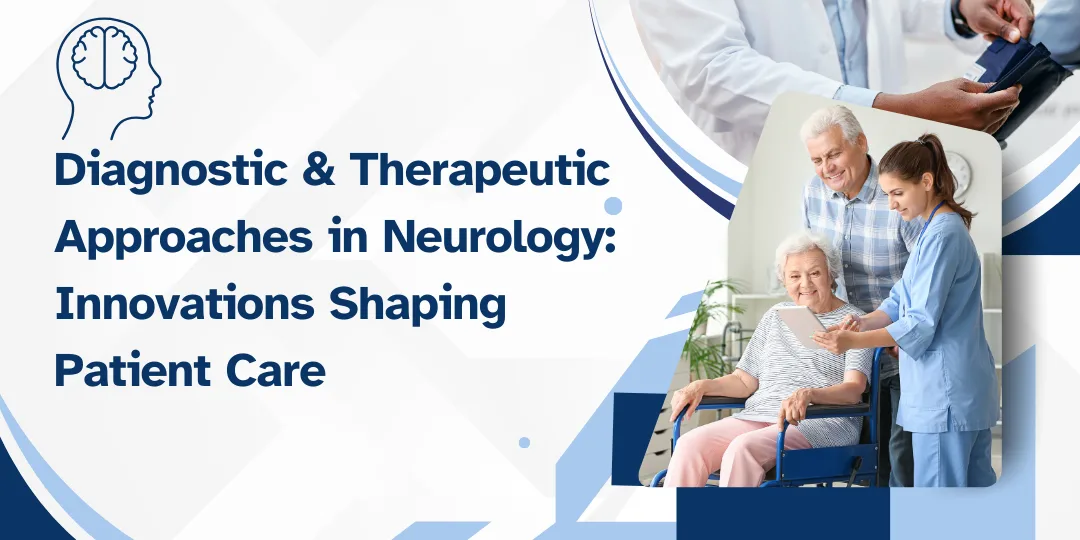
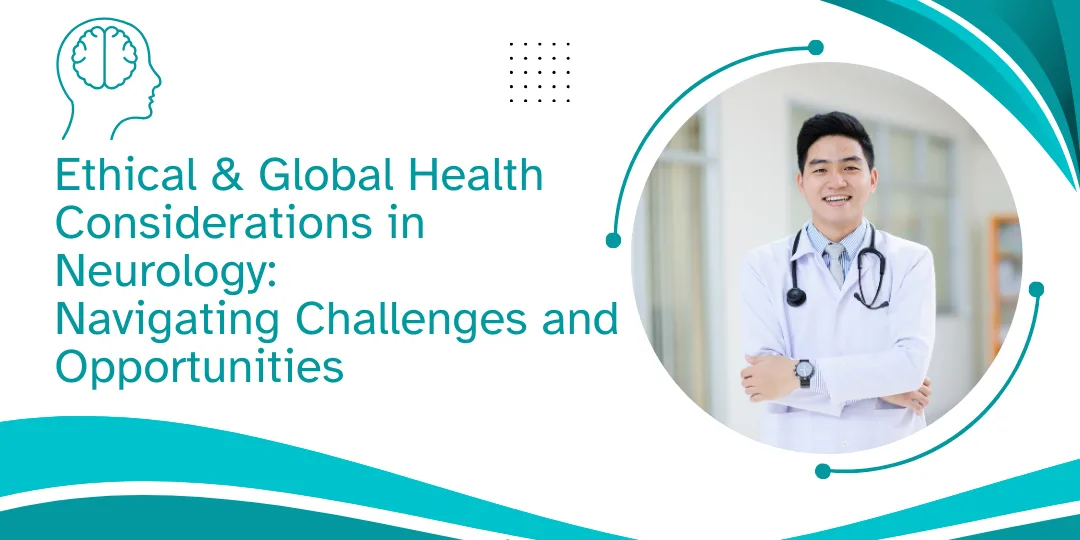
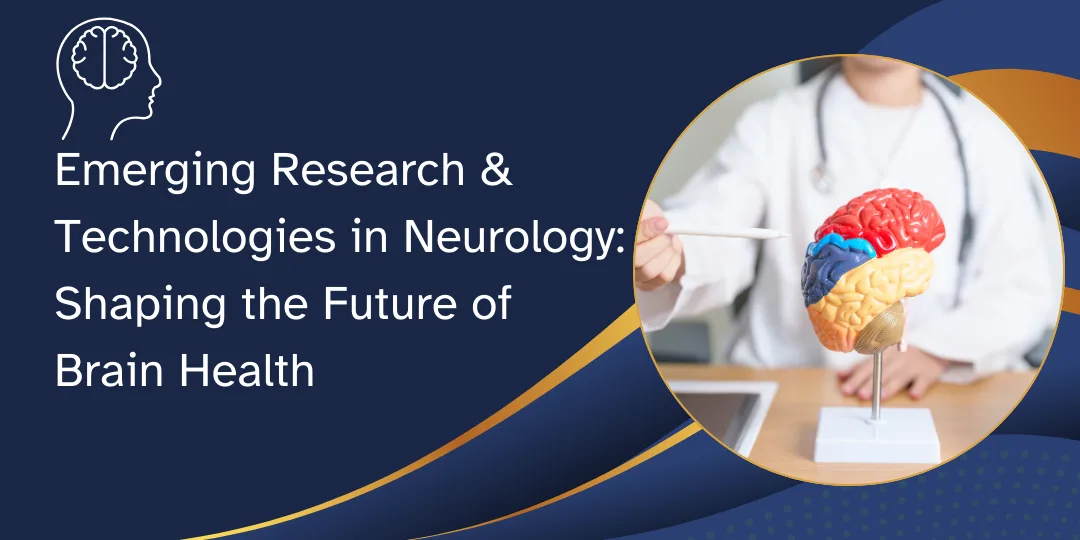
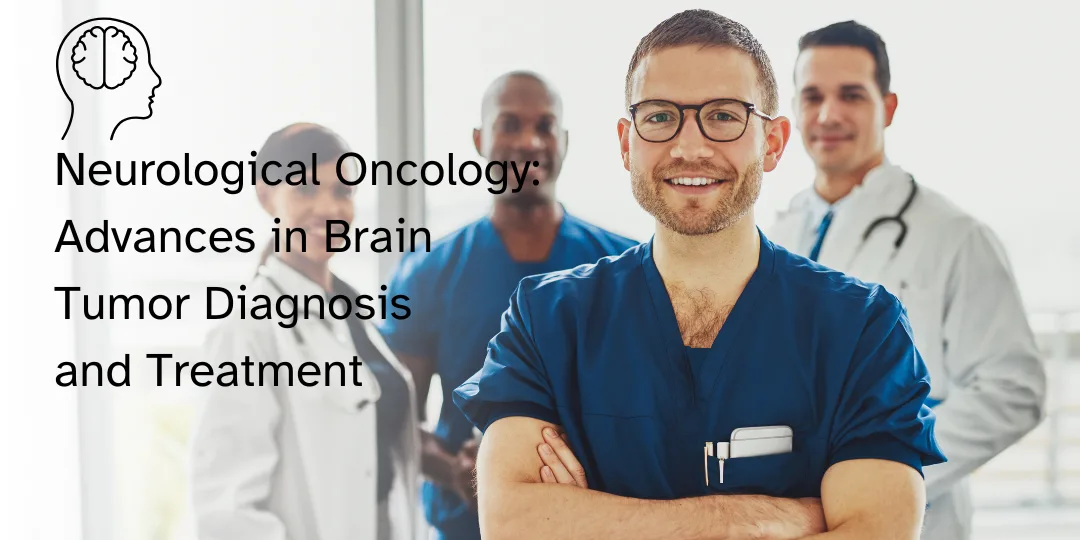
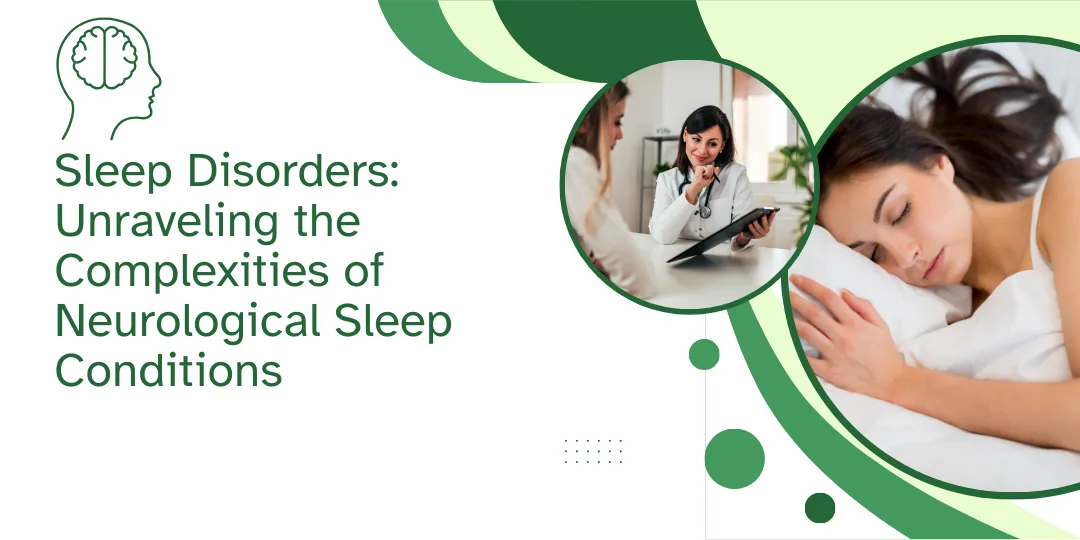
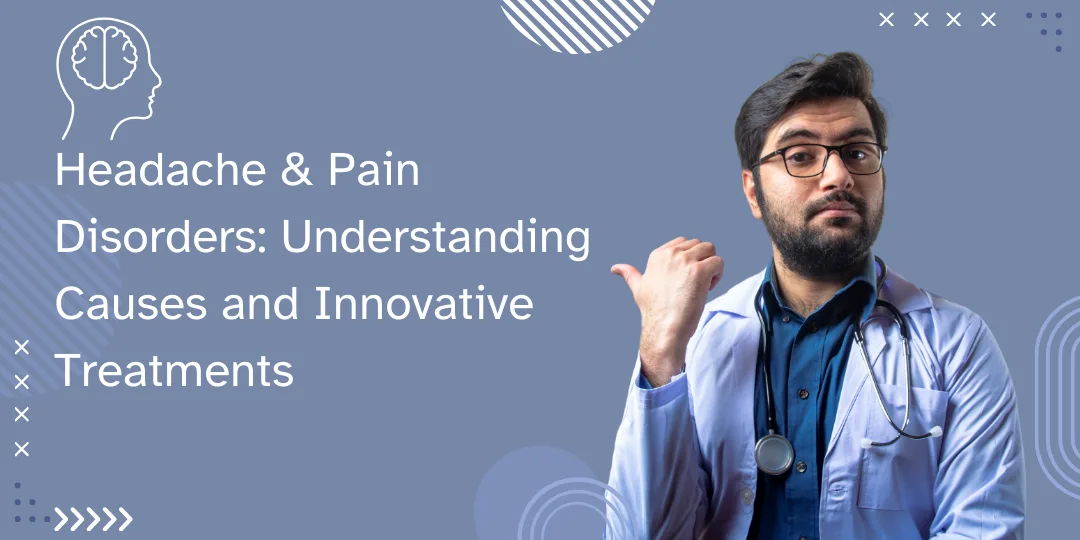
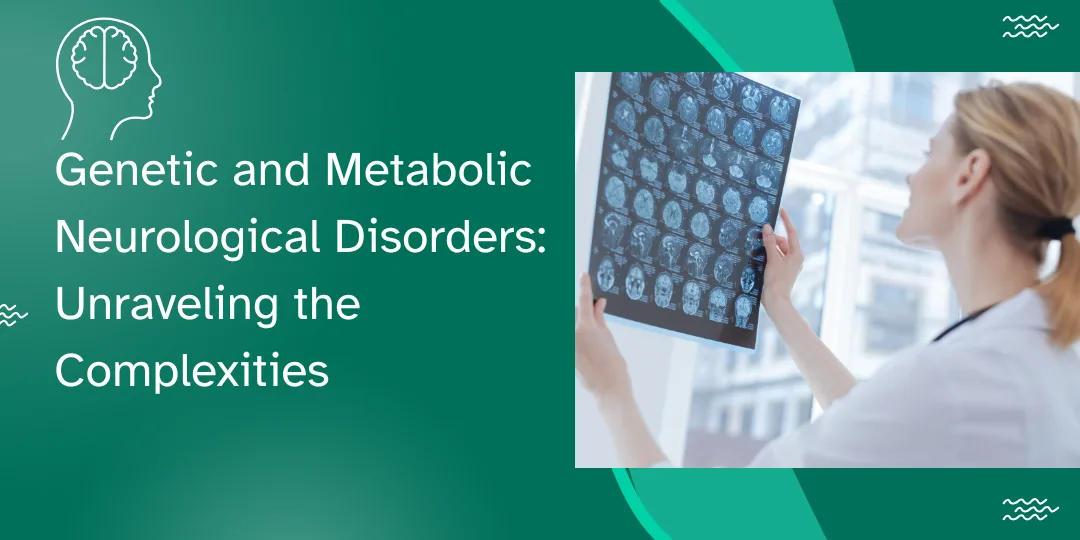

0 Comments